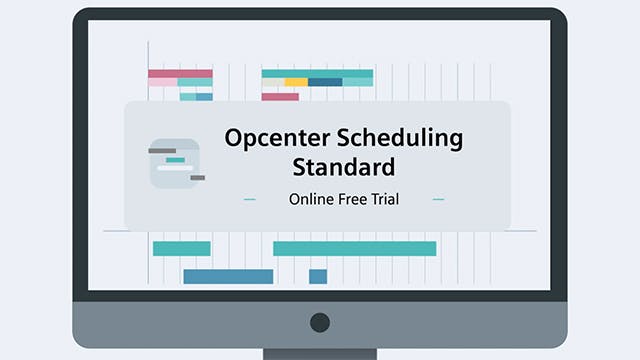Creating a manufacturing capacity plan means analyzing the production rate against customer orders and anticipated demand, and make a plan to maximize actual output. This method may also be called "finite capacity planning" because it helps manufacturers account for existing production resources' limits as they develop production plans and schedules.
One reason for manufacturing capacity planning is to ensure that production plans and schedules are realistic and do not exceed available capacity or breach any production rules or constraints. Working within maximum capacity limits, manufacturers avoid conditions that cause expedited scheduling, excess in-process inventory, missed delivery dates, and unhappy customers.
Another purpose of manufacturing capacity planning is to maximize production efficiencies. Just as capacity analysis and planning help companies avoid overcapacity issues, they also help minimize under-capacity conditions. That is, manufacturing capacity planning can be used to optimize production plans and schedules to minimize waste associated with idle machinery and personnel.
Manufacturing capacity planning requires data from all aspects of a production operation: supply chain capacity, inventories, staff qualifications, availability, the production capacity and maintenance schedule for each manufacturing machine or workstation, and more.
This complex demand on production capacity planning is easily handled by modern advanced planning and scheduling (APS) systems. APS systems treat production capacity planning as a dynamic process. Instead of performing capacity analysis and generating production plans based on a static "snapshot" of the variables listed above, APS software accounts for changes and the impact each change has on other variables within the finite capacity planning scheme.
Related products: Opcenter Advanced Planning | Opcenter Advanced Scheduling



